Serving 948 students in grades Prekindergarten-8, Chicod ranks in the top 20% of all schools in North Carolina for overall test scores (math proficiency is top 10%, and reading proficiency is top 10%).
The percentage of students achieving proficiency in math is 79% (which is higher than the North Carolina state average of 51%). The percentage of students achieving proficiency in reading/language arts is 66% (which is higher than the North Carolina state average of 50%).
The student:teacher ratio of 16:1 is higher than the North Carolina state level of 15:1.
Minority enrollment is 27% of the student body (majority Hispanic), which is lower than the North Carolina state average of 57% (majority Black).
Quick Stats (2025)
- Grades: Prekindergarten-8
- Enrollment: 948 students
- Student:Teacher Ratio: 16:1
- Minority Enrollment: 27%
- Overall Testing Rank: Top 20% in NC
- Math Proficiency: 79% (Top 10%)
- Reading Proficiency: 66% (Top 20%)
- Science Proficiency: 86% (Top 10%)
- Source: National Center for Education Statistics (NCES), NC Dept. of Education
Top Rankings
Chicod ranks among the top 20% of public schools in North Carolina for:
Category
Attribute
Overall Rank
Math Proficiency
Reading/Language Arts Proficiency
Science Proficiency
School Overview
Chicod's student population of 948 students has stayed relatively flat over five school years.
The teacher population of 60 teachers has stayed relatively flat over five school years.
Grades Offered
Grades Prekindergarten-8
Total Students
948 students
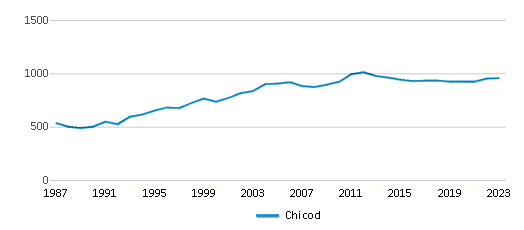
Gender %
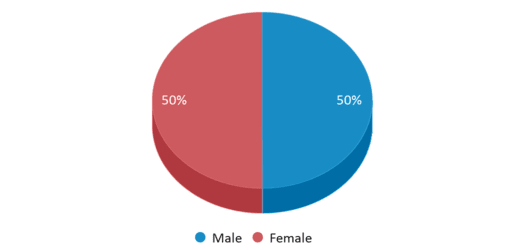
Total Classroom Teachers
60 teachers
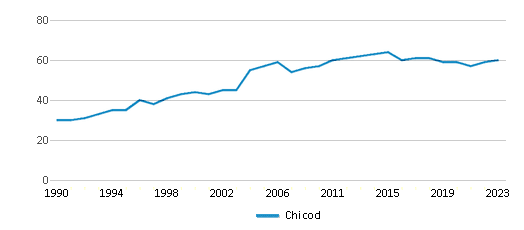
Students by Grade
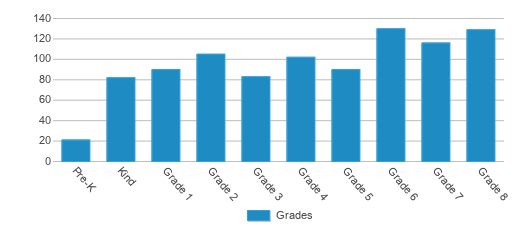
School Rankings
Chicod ranks within the top 20% of all 2,617 schools in North Carolina (based off of combined math and reading proficiency testing data).
The diversity score of Chicod is 0.44, which is less than the diversity score at state average of 0.71. The school's diversity has stayed relatively flat over five school years.
Overall Testing Rank
#298 out of 2617 schools
(Top 20%)
(Top 20%)
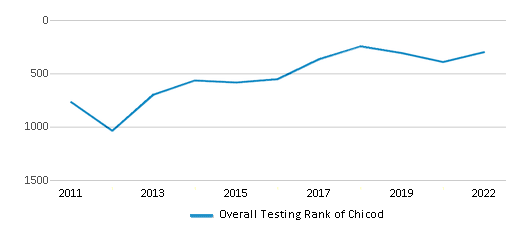
Math Test Scores (% Proficient)
79%
51%
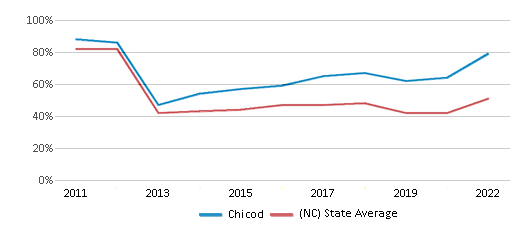
Reading/Language Arts Test Scores (% Proficient)
66%
50%
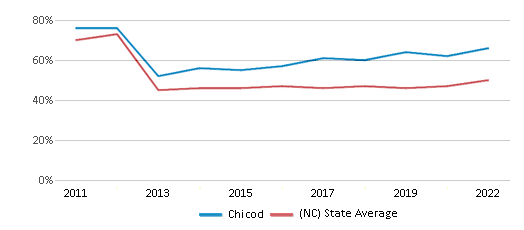
Science Test Scores (% Proficient)
86%
63%
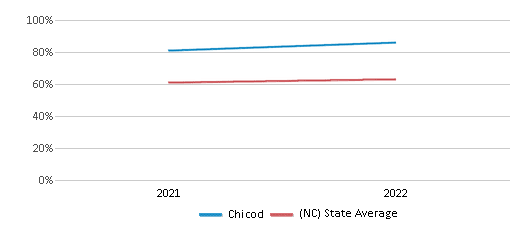
Student : Teacher Ratio
16:1
15:1
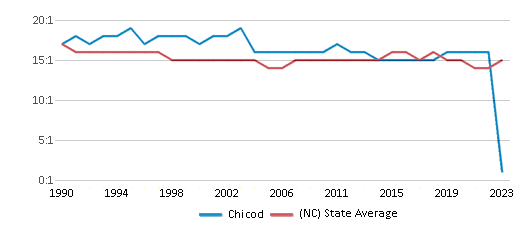
American Indian
n/a
1%
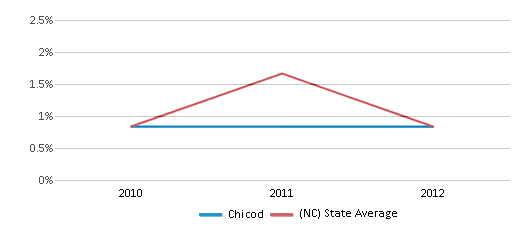
Asian
n/a
4%
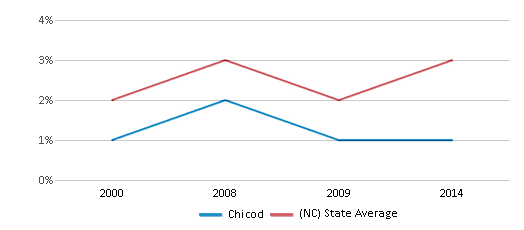
Hispanic
14%
21%
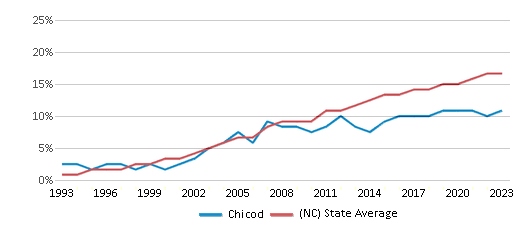
Black
9%
25%
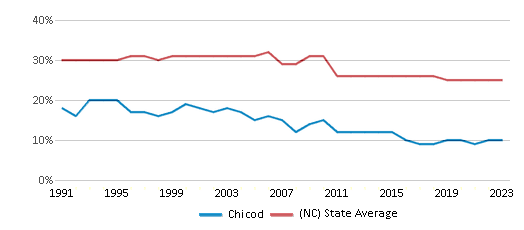
White
73%
43%
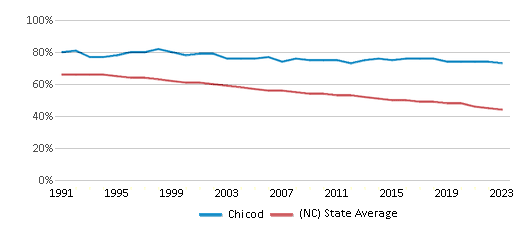
Hawaiian
n/a
n/a
Two or more races
4%
6%
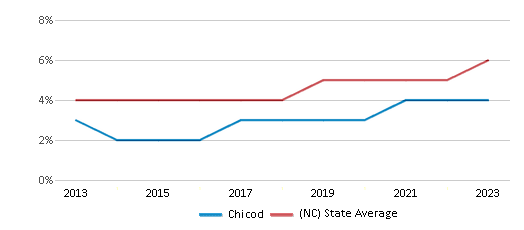
All Ethnic Groups
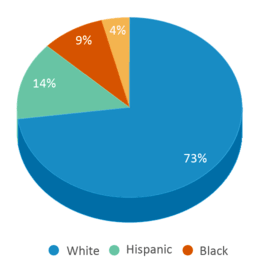
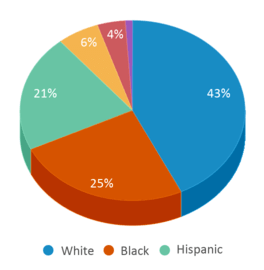
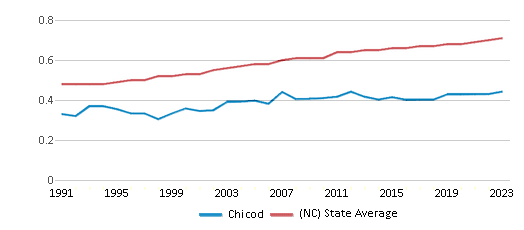
Participates in the National School Lunch Program (NSLP)
Yes
Eligible for Free Lunch
100%
68%

Eligible for Reduced Lunch
1%
3%

School Statewide Testing
School District Name
Source: National Center for Education Statistics (NCES), NC Dept. of Education
Profile last updated: 02/09/2025
Frequently Asked Questions
What is Chicod's ranking?
Chicod is ranked #298 out of 2,617 schools, which ranks it among the top 20% of public schools in North Carolina.
What schools are Chicod often compared to?
Chicodis often viewed alongside schools like Wintergreen Primary by visitors of our site.
What percent of students have achieved state testing proficiency in math and reading?
79% of students have achieved math proficiency (compared to the 51% NC state average), while 66% of students have achieved reading proficiency (compared to the 50% NC state average).
How many students attend Chicod?
948 students attend Chicod.
What is the racial composition of the student body?
73% of Chicod students are White, 14% of students are Hispanic, 9% of students are Black, and 4% of students are Two or more races.
What is the student:teacher ratio of Chicod?
Chicod has a student ration of 16:1, which is higher than the North Carolina state average of 15:1.
What grades does Chicod offer ?
Chicod offers enrollment in grades Prekindergarten-8
What school district is Chicod part of?
Chicod is part of Pitt County Schools School District.
School Reviews
5 3/12/2020
This is an awesome school in which my three children thrive! I have two children in middle school and one in elementary at Chicog. They all have attended since kindergarten. The teachers are excellent and really help motivate and encourage all students. I have one child that has always done well academically and one that has struggled. The teachers constant communication and encouragement has helped all three of my children succeed!
2 8/8/2011
We are very active involved parents. At this school we were actually discouraged from getting involved. The first year we did a lot at the school and helped in many ways. Having a younger child we wanted to be there to help with activities and trips. We were actually asked not to be at the school except to drop our child off and pick her up. While we were involved in the school, we found that in the preK program, the teachers were not very observant of the children and we saw more than a few children wander into the hallways and out the doors. We actually went and retrieved one child after we noticed that the teachers did not miss him. The school has an "independence policy" which I think is great for older children, but not for the lower grades. Also the lower grade classrooms were very near exit doors, which could pose problems for some children.
Review Chicod. Reviews should be a few sentences in length. Please include any comments on:
- Quality of academic programs, teachers, and facilities
- Availability of music, art, sports and other extracurricular activities
Recent Articles

What Is A Charter School?
Explore the world of charter schools in this comprehensive guide. Learn about their history, how they operate, and the pros and cons of this educational innovation. Discover key facts about charter schools, including admission policies, demographics, and funding, as well as what to look for when considering a charter school for your child.

10 Reasons Why High School Sports Benefit Students
Discover the 10 compelling reasons why high school sports are beneficial for students. This comprehensive article explores how athletics enhance academic performance, foster personal growth, and develop crucial life skills. From improved fitness and time management to leadership development and community representation, learn why participating in high school sports can be a game-changer for students' overall success and well-being.

February 05, 2025
Understanding the U.S. Department of Education: Structure, Impact, and EvolutionWe explore how the Department of Education shapes American education, from its cabinet-level leadership to its impact on millions of students, written for general audiences seeking clarity on this vital institution.





